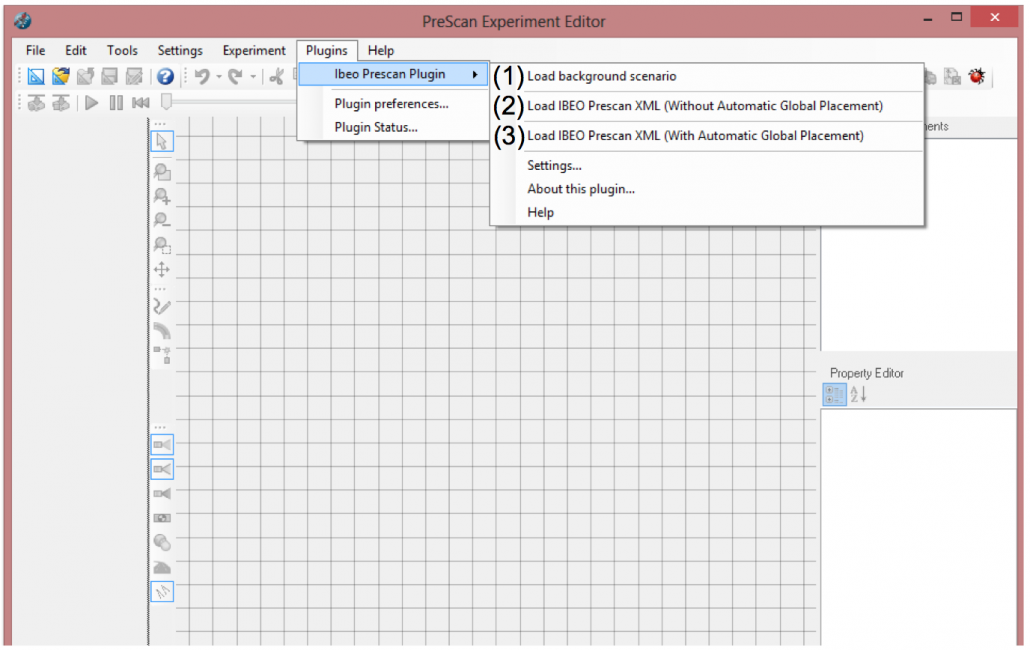Ibeo Evaluation Suite core module :
· Objects detected with the ibeo.Reference sensor system are automatically labeled based on the forward backward tracking (FBT) algorithm as well the best situation classification (BSC) techniques. The combination of FBT and BSC allows a correct classification already at the moment of the first detection of an object.
· Post-processing of large amounts of data from long test drives is possible with the database processing using offline optimization for the automatic labeling and classification of the relevant road users and the background environment elements.
· With the parallel data processing, ibeo Evaluation Suite can currently process up to four processing jobs at the same time.
· Time-shift and Interpolation of output data : ibeo Evaluation Suite can interpolate the data output to a given frequency or set of timestamps. With this interpolation, the direct comparison of the output data of dynamic object data or vehicle state data of both the reference system and the DuT system are possible.
· The scripting interface provides a command line interface to access the ibeo Evaluation Suite server. With the scripting interface, it is possible to execute commands instead of using the Graphical User Interface. Thus, the scripting interface allows replacement of the ibeo Evaluation Suite GUI and the integration of the ibeo Evaluation Suite in an automated toolchain.











 TOP
TOP